A problem with metal–organic frameworks (MOFs) is that their slightly ionic nature renders their structure vulnerable to deformation.
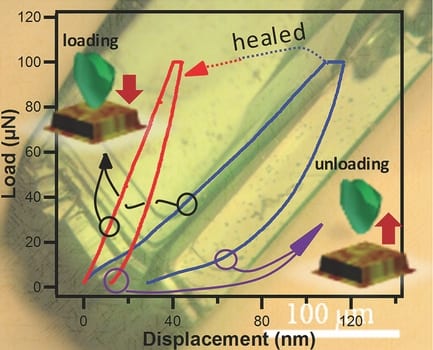

A problem with metal–organic frameworks (MOFs) is that their slightly ionic nature renders their structure vulnerable to deformation.
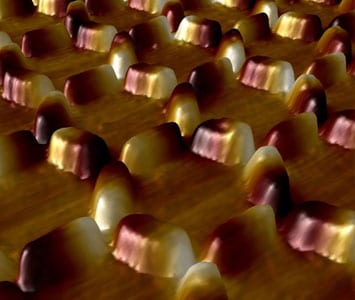
Honeycomb configuration helps disassemble magnetic islands—potential data storage and computational advances could follow.
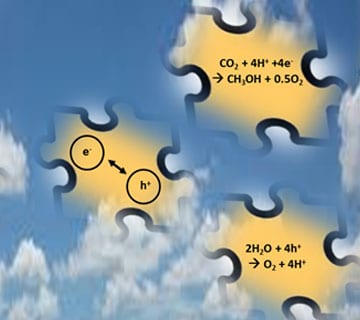
Sustainability – solar fuels from the sun, not fossil fuels from the earth.
Nanowires, solar cells, and silicene – these and more in July’s physics highlights.
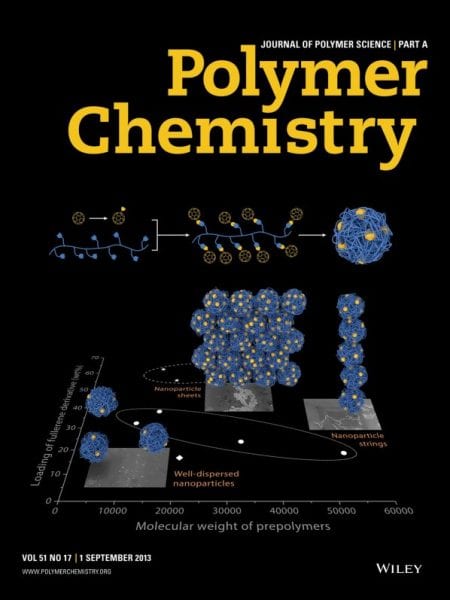
The Journal of Polymer Science Part A: Polymer Chemistry highlights some important research in the latest issue.
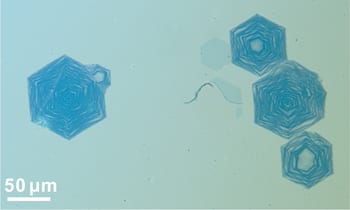
Concentric hexagons of graphene grown in a furnace are first synthesis of graphene nanoribbons on metal from the bottom up — atom by atom.
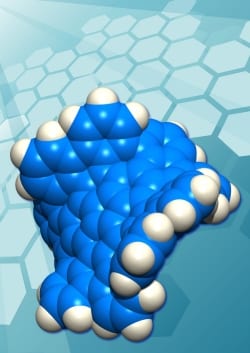
New material consists of many identical piece of grossly warped graphene, each containing exactly 80 carbon atoms joined together in a network of 26 rings.
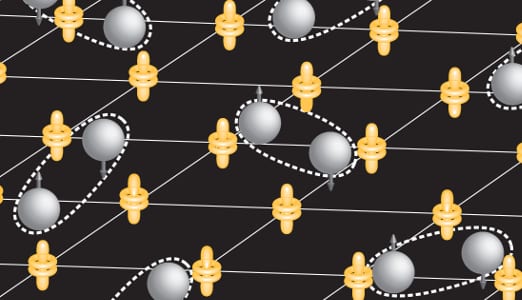
Findings and resulting theory could reveal mechanism behind zero-energy-loss current-carrying capability.
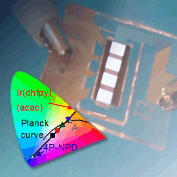
Nanowires, nanoribbons, and solar cells – these and more in June’s physics highlights.
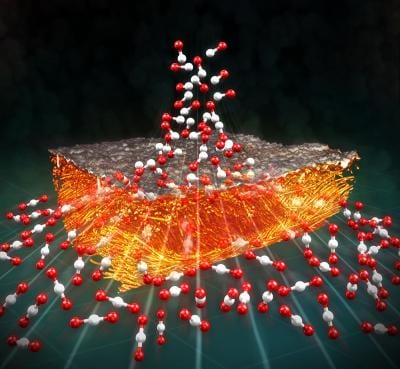
Micro-computed X-ray tomography and microfluidic-based electrochemical analysis give new insights into into electrode structure-performance relationships.